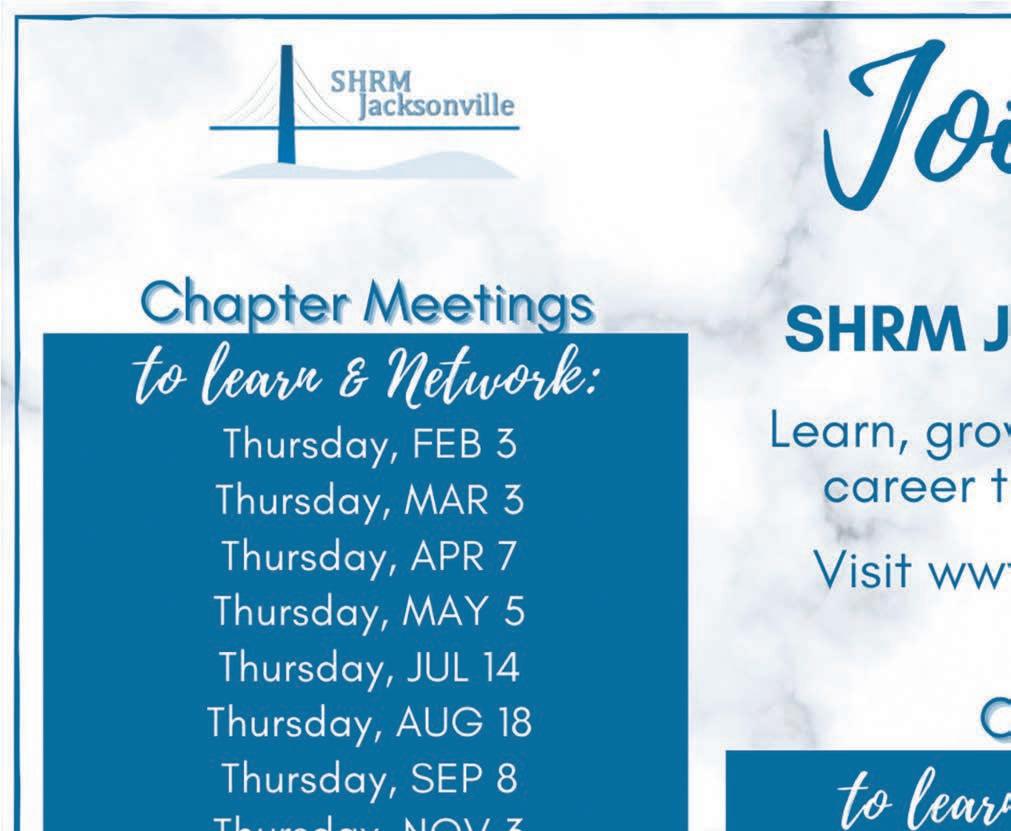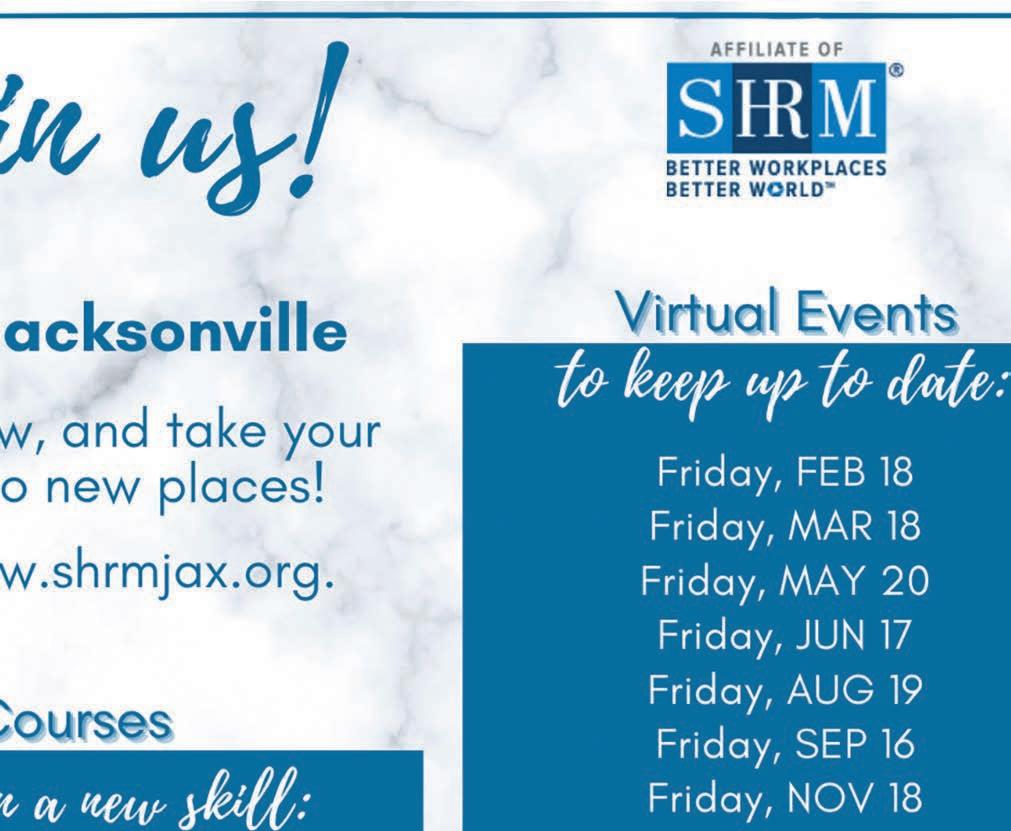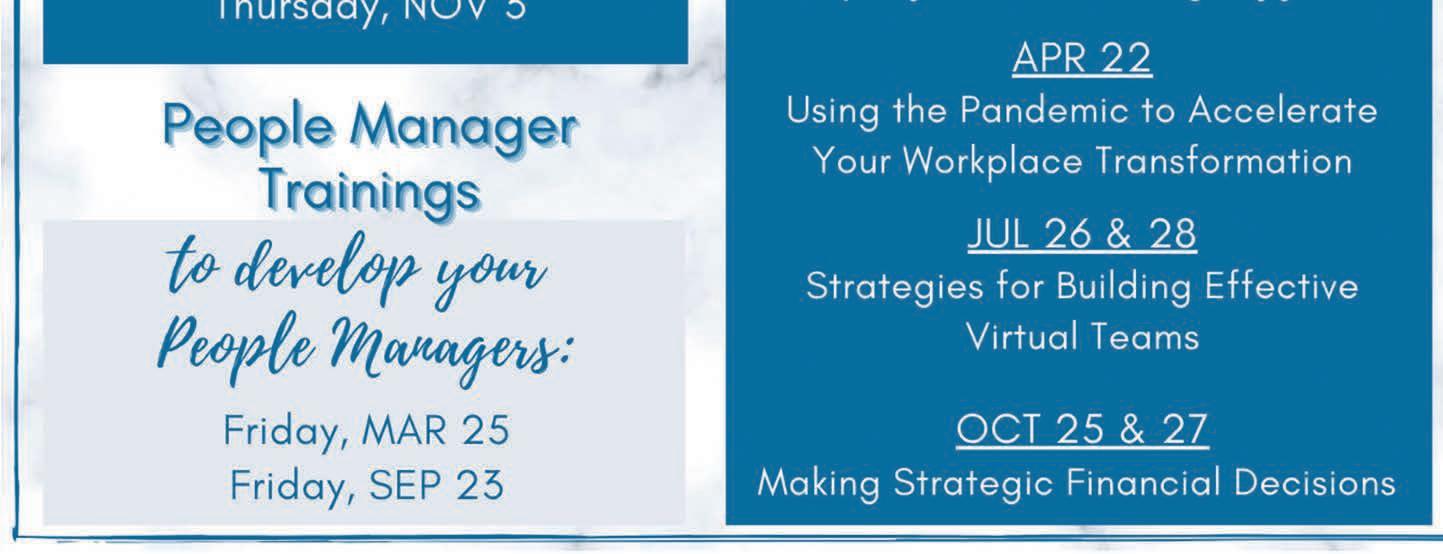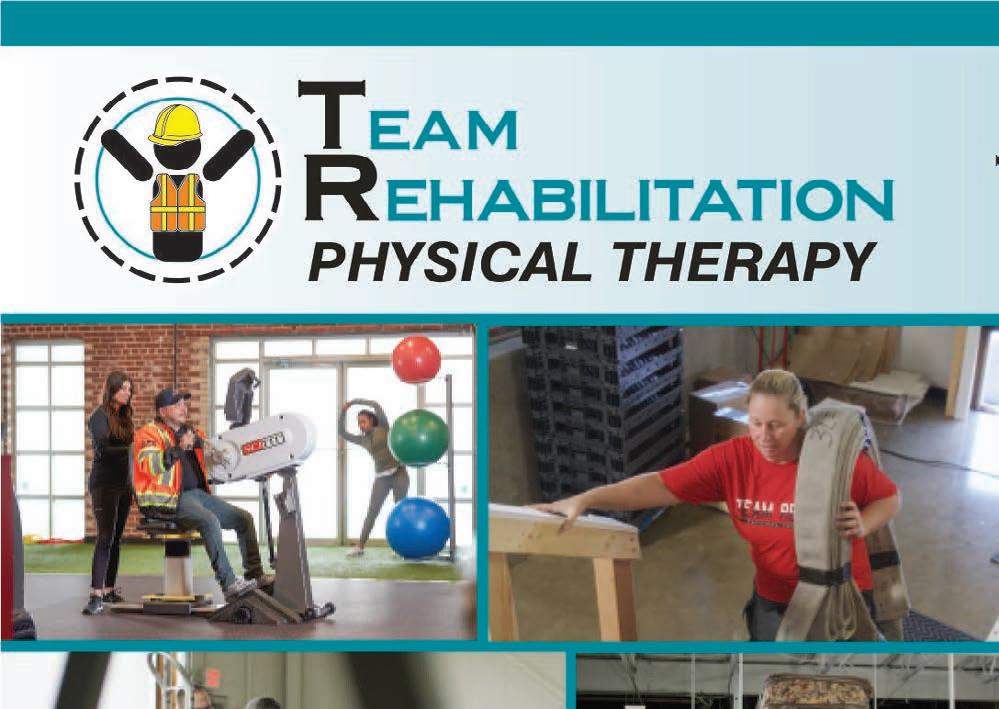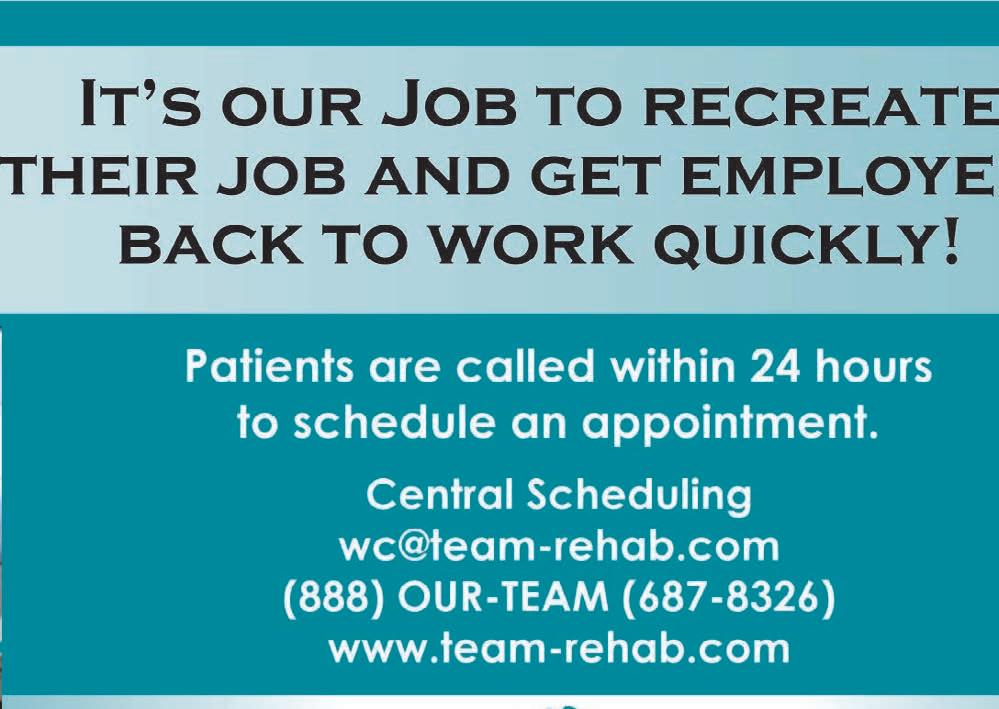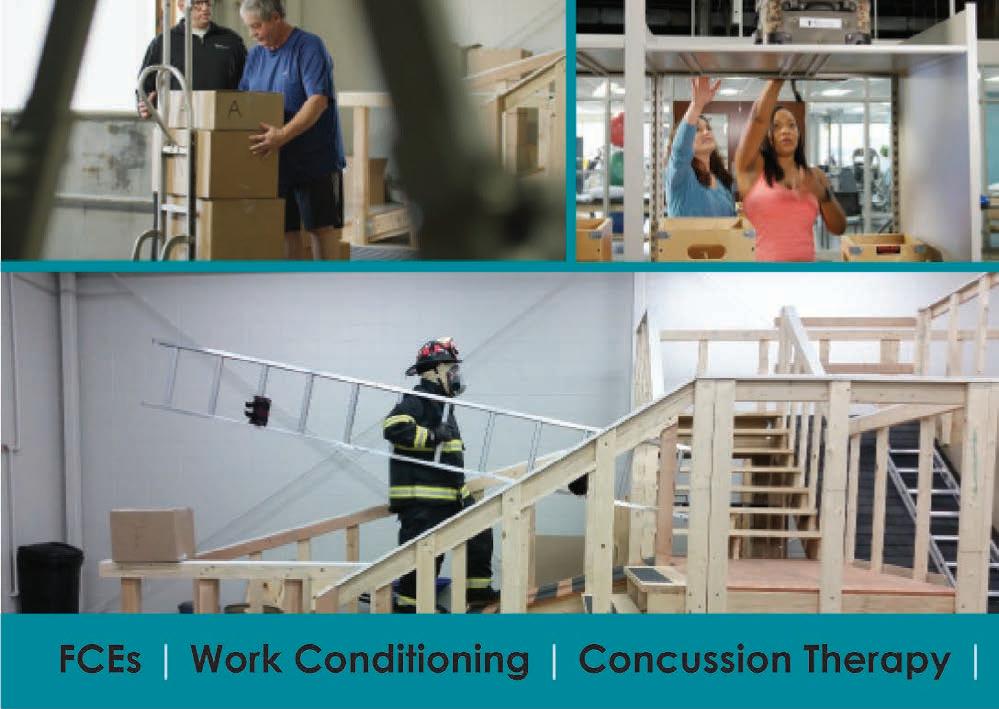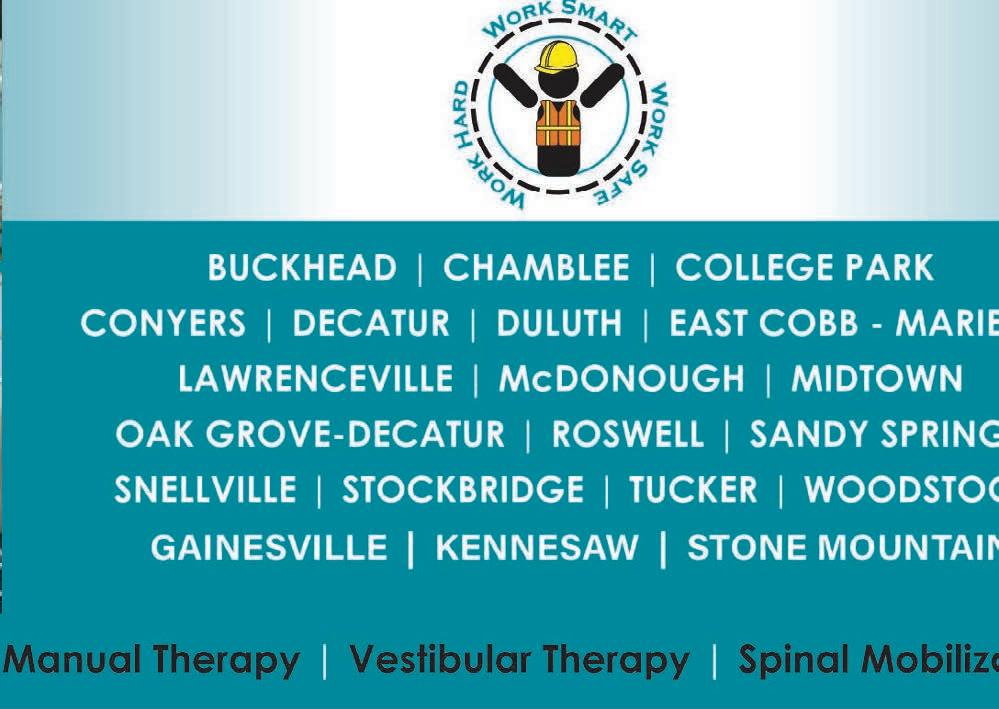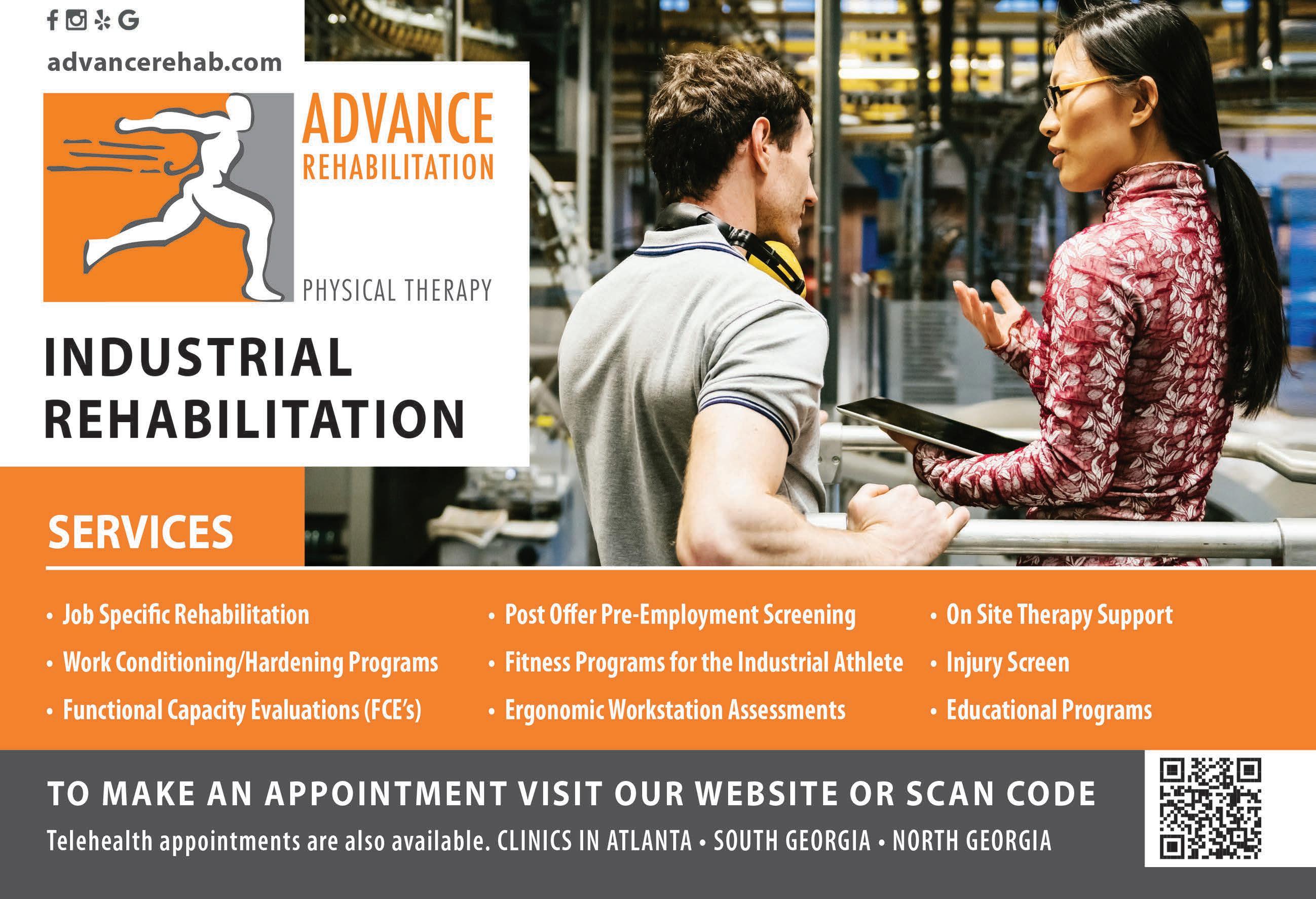
3 minute read
Things Employers Need Before OSHA Inspections
Phillip B. Russell
This year is likely to bring more inspections from the Occupational Safety and Health Administration (OSHA) than ever before. The new leadership at the agency either came from California’s state OSHA plan or labor union leadership, neither of which are known for having a cooperative relationship with employers. OSHA is also making policy changes, shifting enforcement priorities, and hiring more compliance safety and health officers (CSHOs) to conduct more inspections.
Employers should have four (4) things in place before OSHA shows up. If an employer can show all four, then even if tragedy strikes and there is a fatality or serious incident, the employer will be in a stronger position to avoid or minimize a citation and, most importantly, to save lives.
1. Policies and procedures
Every employer should have robust safety policies and procedures that generally cover the hazards employees are most likely to encounter in the specific workplace. The types of policies and procedures will vary among industries and by job tasks. What works in construction may have no impact on a manufacturing facility. That is one reason OSHA has standards that vary by industry. The key is to address the hazards that workers are most likely to face in their industry, at the specific employer, and performing specific tasks.
2. Training
Having the best policies and procedures in the industry will serve no purpose if they are not properly and effectively communicated to workers and supervisors. When OSHA shows up, they usually interview nonsupervisor employees first. The CSHO will ask workers whether they know the company’s safety program and, specifically, whether they know the particular safety policy or procedure that may be at issue during the inspection. The CSHO will also ask workers whether they have been trained on the company’s policies and procedures. Those workers must tell OSHA accurately and confidently how they know the company’s policies and procedures and have been fully and repeatedly trained on compliance with them and how to report any safety issues.
3. Observation
During inspections, CSHOs will interview job site supervisory and safety personnel; usually after interviewing non-supervisory workers. A key line of questioning will be how these managers know workers are following the company’s safety policies and procedures and their training on those. This means employers must also have a robust program for making sure workers are following the rules and staying safe. It is part of how an employer can avoid incidents, which is the purpose of having safety rules and training. It is also an essential way for employers to minimize or avoid OSHA citations, even if tragedy strikes.
4. Enforcement
Some workers; however, just won’t follow the company’s safety policies and procedures even though they have been trained repeatedly. They simply ignore the rules. Employers must also have a robust safety enforcement strategy. Coaching workers on near misses or procedure violations may be helpful in the short run, but any worker who ignores more informal attempts at addressing safety issues must be dealt with more formally and firmly. Employers must fire unsafe workers: especially supervisory personnel who don’t do their part in keeping the workplace safe.
Every OSHA inspection involves a request for documents. Thus, every request for documents includes a request for the employer’s safety-related disciplinary records. Having none—especially on a larger project— suggests to the CSHO that the employer is not enforcing its own safety program. Their perspective is that employers should not tolerate unsafe workers, supervisors, or conditions and someone’s job should be at stake if they ignore the rules.
Will these components help save lives?
Absolutely. Having these four components in place saves lives and is good for business. Especially in a tight labor market, workers will not work for an employer who does not take safety seriously. Employers demonstrate their commitment by effective implementation of these four components.
Can an employer avoid or minimize an OSHA citation, even if tragedy strikes?
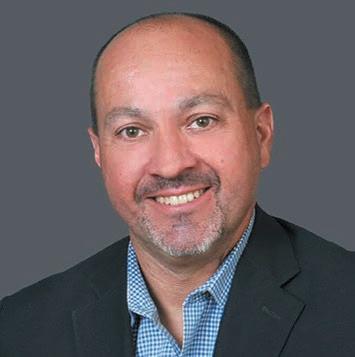
Yes. OSHA does not write citations just because there was a fatality, another serious injury, or illness. OSHA must prove the employer violated a specific OSHA standard or the general duty clause of the OSH Act. OSHA tends to write citations it believes it can win (yet, sometimes, OSHA writes a citation to issue a press release or for other improper motives). They know if they write a citation not supported by the evidence, the employer will file a notice of contest.
OSHA does not decide if they got it right in a citation. The U.S. Occupational Safety and Health Review Commission (OSHRC or Review Commission) evaluates contested citations. OSHRC is neither part of OSHA nor the U.S. Department of Labor. OSHRC can and will vacate any citation item OSHA does not support with evidence.
Bonus Benefit – The poorly named “unavoidable employee misconduct” defense.
These four components are also the elements of an affirmative defense employers can raise against any citation. It is called the “unavoidable employee misconduct” defense. However, the name is misleading. The defense has nothing to do with what an employee did or did not do. An employer can only raise the defense if it can prove it has all four of these components in place, which means the focus is on what the employer (not its workers) did or did not do to avoid the incident.
